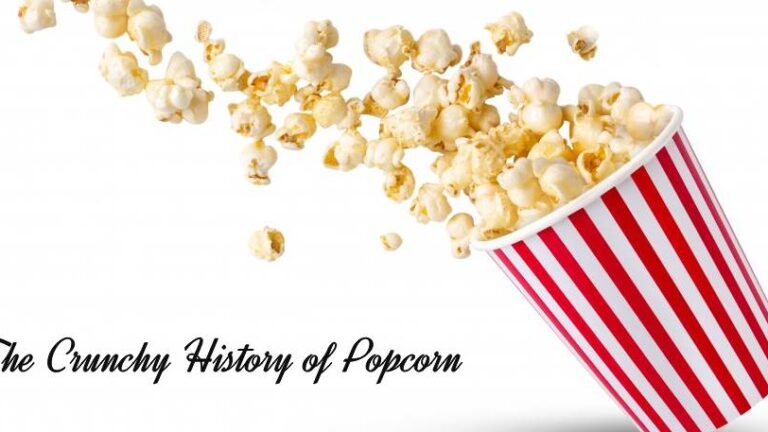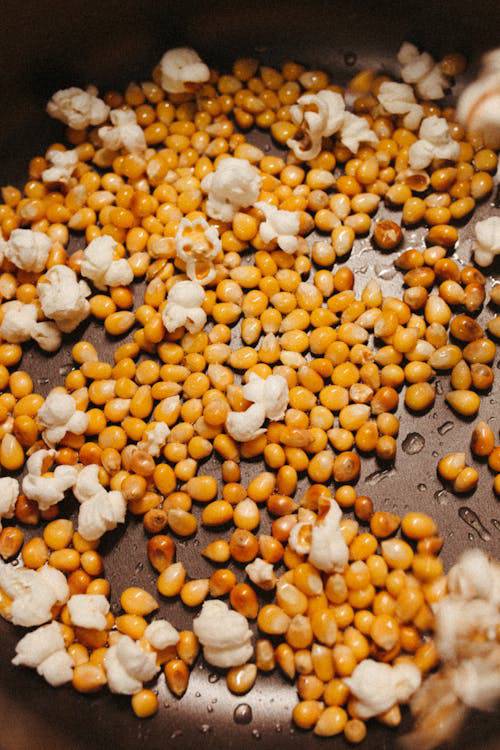The Origins of Popcorn and Maize
Food is more than just fuel; it’s a fascinating window into our past. Ever wondered how some of our favorite foods came to be? Let’s dive into the history of maize (corn) and Popcorn, and see how ancient discoveries shaped the snacks we love today.
The Birth of Maize
Before maize became the golden crop we know today, it started as a wild grass called teosinte. Native to what is now Mexico, teosinte had tiny seeds packed with starch. Early farmers collected these seeds and began selecting the biggest ones to plant. Over generations, this process transformed teosinte into the larger, more useful maize we have today. Archaeological finds in dry Mexican caves show that maize farming began around 9,000 years ago—talk about a long-standing tradition!
The Accidental Discovery of Popcorn
What Is Popcorn?
It is a special type of maize that pops when heated. Unlike other maize, popcorn kernels have a tough outer shell and a starchy interior. When heated, the moisture inside turns to steam, causing the kernel to burst and expand into the fluffy snack we enjoy.
Phytoliths
The earliest evidence dates back about 6,700 years to Peru. Archaeologists have found popped kernels and plant particles known as phytoliths, which reveal how ancient people discovered it. it was likely discovered by accident—imagine maize kernels falling into a fire and popping unexpectedly! Early popcorn would have been chewier and didn’t have the buttery, salty flavor we’re used to today.
How Archaeology Helps Us Understand Ancient Foods
Preserving Food Remnants
Archaeologists use various methods to uncover ancient diets and cooking methods. While pottery and tools are often found, soft food remnants are rarer. Preservation conditions like dryness or burning play a big role in keeping these remnants intact.
Phytoliths and Burned Remnants
Phytoliths are tiny, rock-like particles from plants that can survive for thousands of years. They help us understand ancient crops like maize. Burned food remnants also give clues about how early people cooked and ate their meals.
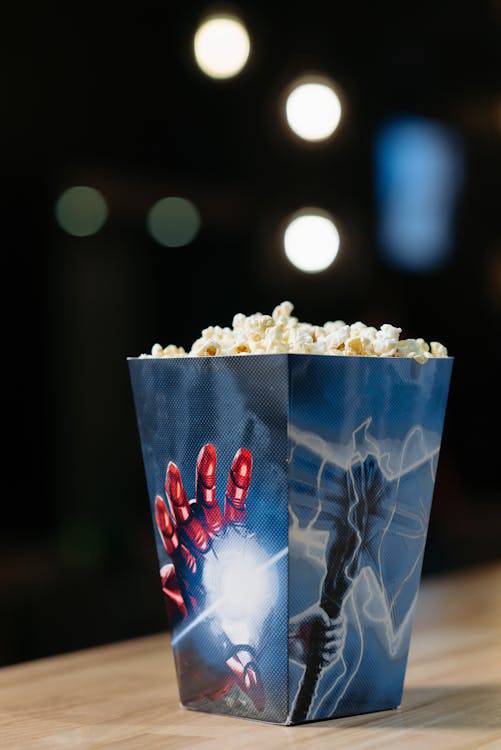
From Ancient Discoveries to Modern Snacks
Maize and Popcorn Through the Ages
The journey from ancient maize to modern corn is a story of human ingenuity. What started as a method to preserve food—popping maize kernels—has become a popular snack enjoyed worldwide. Early popcorn was a simple, chewy treat, but today’s popcorn comes in all sorts of flavors and is a global favorite.
A Timeless Tradition
Understanding the history of these foods enriches our knowledge of past cultures and highlights the creativity of ancient peoples. So next time you enjoy a bowl of popcorn, remember that you’re indulging in a tradition that dates back thousands of years!
Frequently Asked Questions About Maize and Popcorn
What is maize, and how does it differ from teosinte?
Maize, or corn, is a domesticated plant developed from teosinte, a wild grass. Maize kernels are larger and more numerous compared to teosinte’s smaller, harder kernels.
How did early humans domesticate maize from teosinte?
Early farmers selected the largest teosinte seeds and planted them. Over time, this selective breeding resulted in the larger maize kernels we have today.
How old is maize cultivation?
Archaeological evidence suggests maize was cultivated about 9,000 years ago in what is now Mexico.
What is popcorn, and how is it different from regular maize?
It is a type of maize with a tough outer shell and starchy interior that makes it pop when heated. Unlike other maize varieties, popcorn kernels can explode and expand.
When was popcorn first discovered?
The earliest evidence of popcorn dates back around 6,700 years to Peru.
How was popcorn likely discovered?
It was probably discovered by accident when maize kernels fell into a fire and popped. This discovery introduced a new way to prepare maize.
What did ancient popcorn taste like?
Ancient popcorn was likely chewier and plain, as it didn’t have modern flavorings like butter and salt.
How do archaeologists find evidence of ancient maize and popcorn?
They look for phytoliths, burned food remnants, and artifacts like pottery and tools that indicate food preparation methods.
Why are soft food remnants hard to find in archaeological digs?
Soft food remnants decompose faster than hard artifacts like pottery. Preservation conditions can make finding these remnants easier.
How has the consumption of maize and popcorn evolved?
Maize has evolved from a wild grass into a major staple crop. Popcorn, originally a preservation method, is now a popular snack enjoyed with many flavors and seasonings.
How to Remove Popcorn Ceiling
Removing a popcorn ceiling can be a DIY project with a bit of effort.
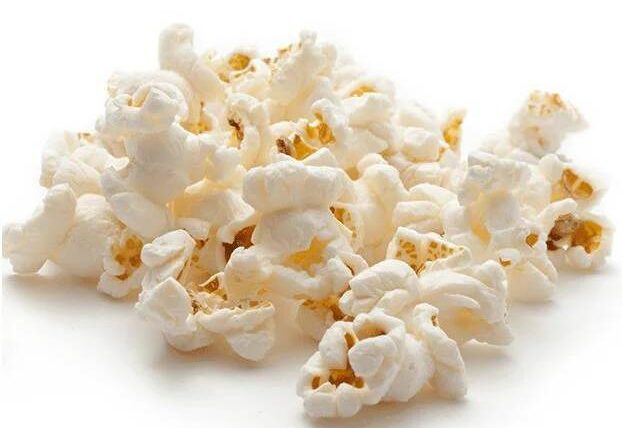 Preparation:
Preparation:
- Clear the room or cover furniture with plastic sheeting.
- Protect the floor with a drop cloth.
- Turn off the room’s power at the breaker box.
Test for Asbestos:
- If your home was built before the 1980s, test for asbestos. If positive, consult a professional.
Soften the Texture:
- Lightly mist the ceiling with water and let it soak for 15-20 minutes.
Scrape Off it :
- Use a wide putty knife or ceiling scraper to gently remove the texture. Be careful not to damage the drywall.
Repair and Refinish:
- Patch any holes with joint compound, sand smooth, apply primer, and then paint.
Clean Up:
- Dispose of debris properly and ensure good ventilation to clear dust and fumes.
How to Make Popcorn
Making popcorn at home is simple and fun! Here’s a basic stovetop method:
Ingredients:
- 1/2 cup kernels
- 2-3 tablespoons cooking oil (vegetable or coconut)
- Salt and other seasonings (optional)
Instructions:
- Heat oil in a large pot over medium-high heat.
- Test with a few kernels. When they pop, the oil is ready.
- Add the remaining kernels and cover the pot.
- Shake occasionally until popping slows, then remove from heat.
- Season to taste and enjoy!
Alternative Method:
- Use an air popper for a healthier, oil-free option.
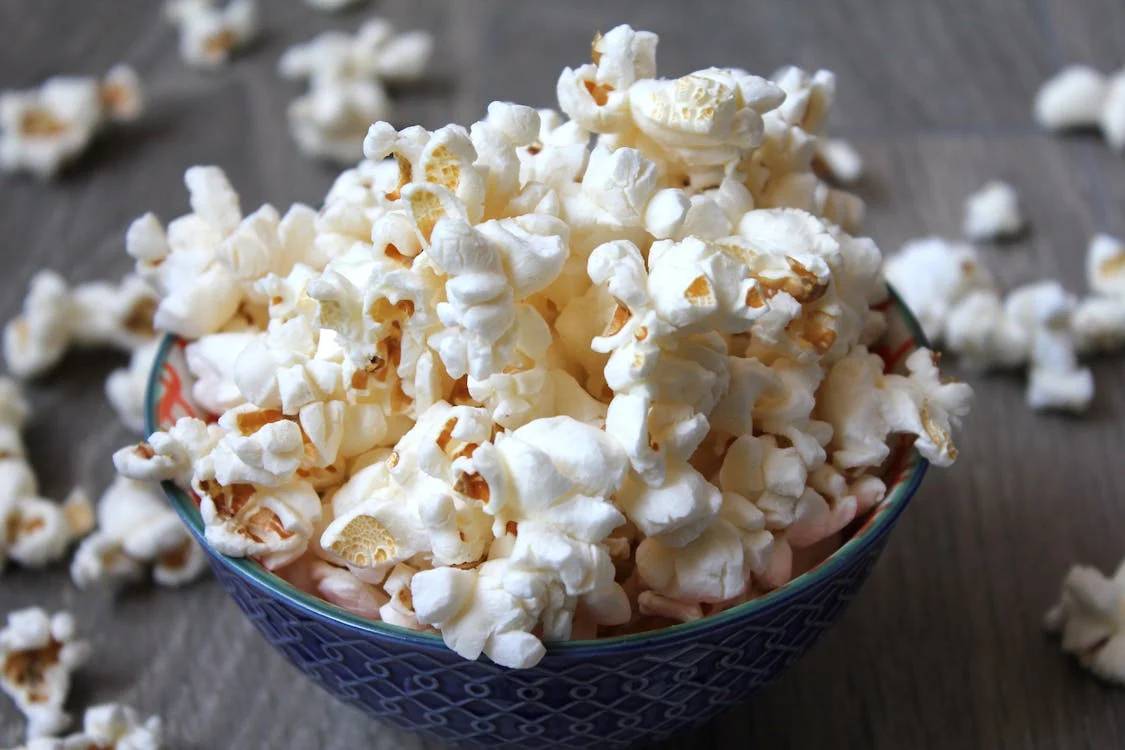
How Many Carbs and Calories in Popcorn?
Carbs:
- 1 cup of popped popcorn has about 6 grams of carbohydrates.
Calories:
- 1 cup of air-popped popcorn contains around 30 calories.
- 1 ounce (about 3 cups) of air-popped popcorn has about 120 calories.
- Adding butter or oil increases the calorie content.
The Invention of Popcorn
It isn’t tied to a single inventor but rather a series of discoveries. Early Native American cultures discovered it by heating certain types of maize. The earliest evidence comes from Peru, around 6,700 years ago. The modern popcorn machine, invented by Charles Cretors in 1893, made large-scale production possible and helped it become a popular snack, especially in movie theaters. Its journey from ancient discovery to movie night staple shows how a simple snack can become a beloved part of our culture.

